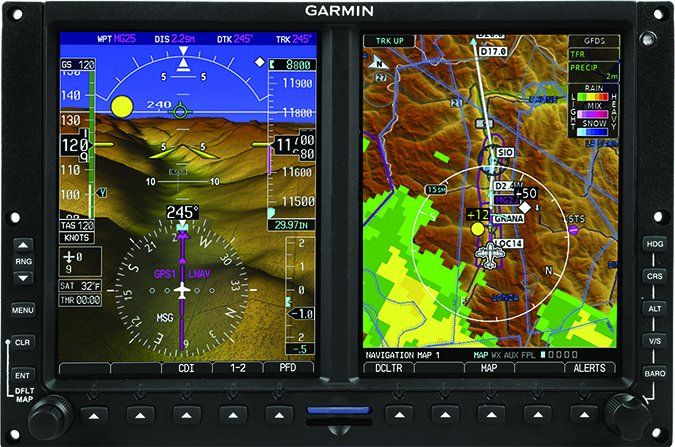Flying a personal airplane single-pilot in the IFR environment should be easier now than ever before. Most airplanes regularly flown IFR these days have some instrument and systems redundancy, a basic or better autopilot, and at least one GPS-based moving map and digital navigation/flight management system. All of these electronic displays and automated systems are supposed to make our flying easier.
The reality is all this new capability has increased the time and effort it takes to attain and retain skills when compared to flying legacy “steam” gauges. In turn, pilots flying with these tools need to attack the proficiency problem differently. Done correctly, the result is unmatched capability, situational awareness and safety. But approach your obligations without a plan, and the complexities will make it harder to be a safe, aware pilot. So how do you make, pursue and validate an IFR proficiency plan?
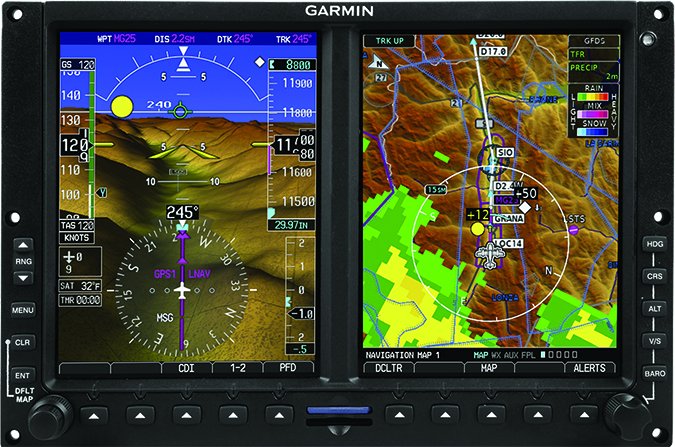
Rethinking Proficiency Checks
Many pilots think of training as something done when new to an airplane or its avionics, and recurrency is practice or instructional sessions performed afterward to retain piloting and instrument flying privileges. After we earn all the certificates and ratings we need, we tend to track only one training column in our logbook, dual instruction received. Time logged in that column usually results from instrument dual—which also gets logged as simulated instrument time—and/or a flight review.
Your ongoing training goal should be to ensure that you can still pass at least the private pilot and instrument rating checkrides on any given day. That’s the minimum standard of safety and proficiency to act as pilot-in-command under IFR. If it sounds like a lot of work to stay on top of being a pilot in today’s complex airplanes and airspace, it is. You never know when you’ll be called upon to do one of those obscure tasks from your instrument checkride—a teardrop course reversal, perhaps, or a DME arc—or if conditions require you to fly a maximum-performance maneuver from your private checkride with little or no warning. You may have to do any of these things with the avionics and autopilot in any mode. And failures can occur at any time, demanding you to do the right thing, right away, the first time.
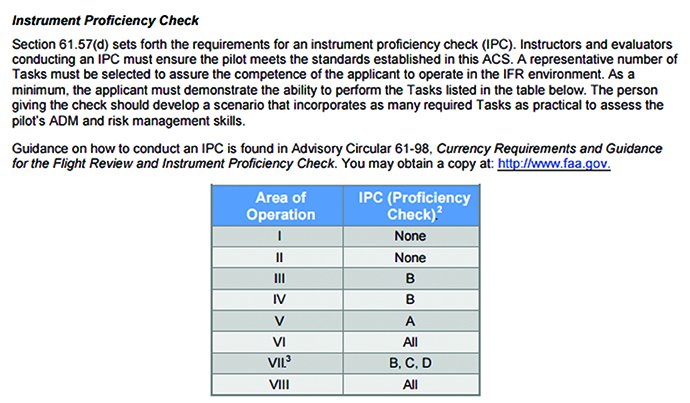
Basic Instrument Proficiency Checklist
Concurrent with (but not in place of) practice and validation of your airplane-specific skills and visual maneuvering, stay on top of your IFR piloting skills.
MAKE A PLAN/ASSEMBLE DOCUMENTS
• FAA Instrument Flying Handbook (IFH).
• Aeronautical Information Handbook (AIM).
• IFR charts.
• Instrument Pilot (Airplane) Airmen Certification Standards (ACS).
• Research free and commercial educational programs and aids to flying IFR.
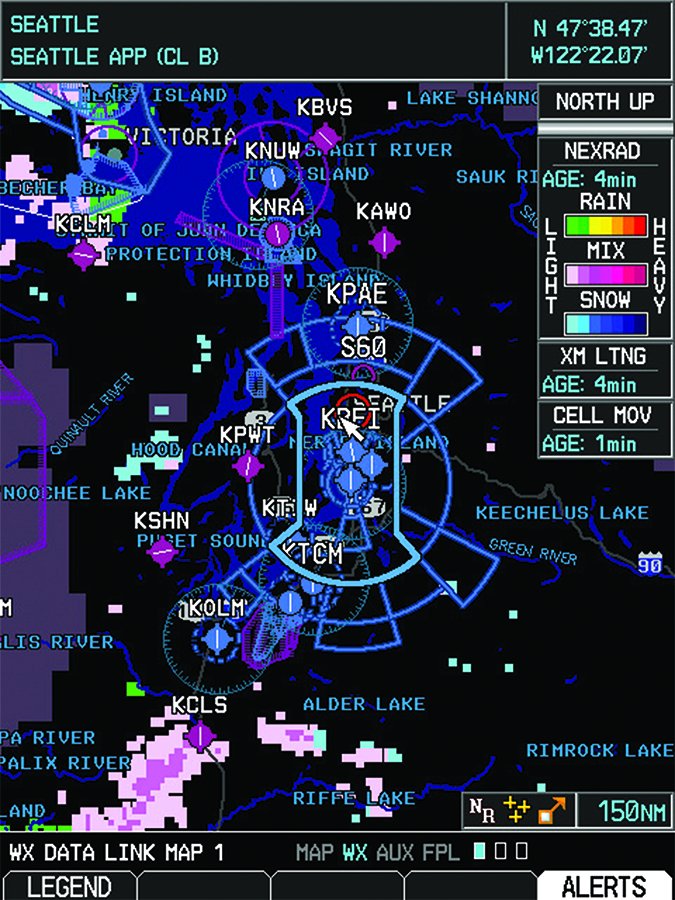
PURSUE YOUR PLAN
• Read each applicable section of the IFH and the AIM.
• Set a schedule reminder to review each chapter of these documents at least once a year.
• Review the legend and symbols on IFR charts.
• Set a schedule reminder to review these items at least once a year
• Read the FAA Instrument Pilot ACS.
• Emphasize maneuvers, completion standards and aeronautical judgment tasks.
• Set a schedule reminder to review each section at least once a year.
• Take one online course applicable to IFR operations or maneuvering (examples: chart quizzes, partial-panel skills) at least every other month.
VALIDATE YOUR PERFORMANCE
• After every instrument flight, critique your performance in terms of whether you met or exceeded the ACS requirements for the maneuvers or procedures.
• Take a flight with another pilot or an instrument instructor at least every six months.
• Fly each of the IFR maneuvers in the ACS (or the required IPC items).
• Ask the other pilot or instructor to critique your performance in terms of the meeting or exceeding the ACS.
• Practice any deficient tasks or maneuvers to proficiency.
• At least annually, take an IPC.
• Practice any deficient tasks or maneuvers to proficiency.
Glass Panel Proficiency Checklist
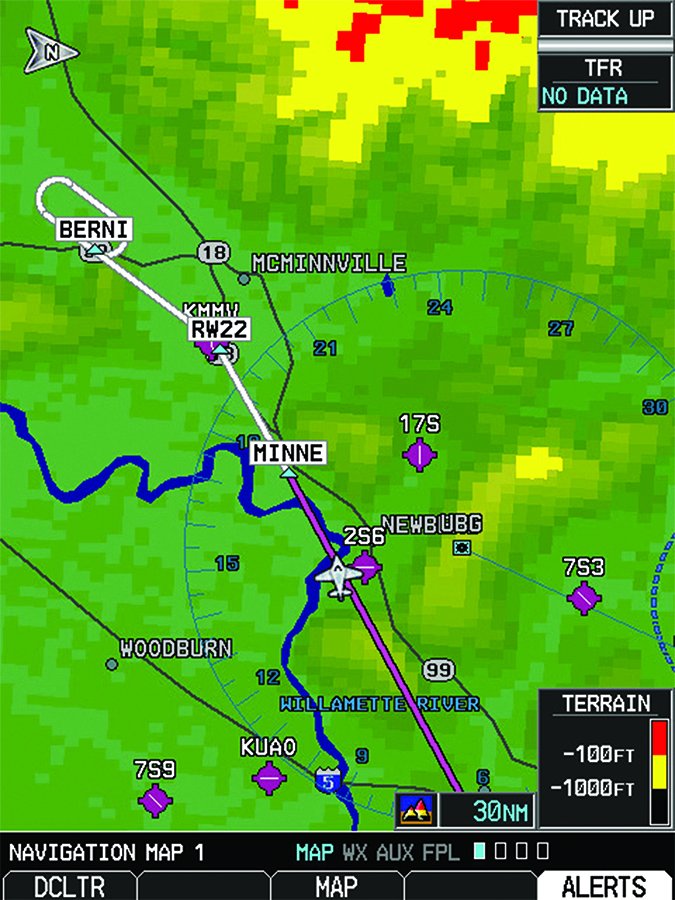
The rise of cockpit automation, holding such promise for improved safety and efficiency of flight, has had the unintended consequence of creating three new ways to crash airplanes: automation task saturation, mode confusion and automation dependency. Your job is to learn enough about how and when to use technology that you actually benefit from the additional complexity of the equipment. To do so:
MAKE A PLAN/ASSEMBLE DOCUMENTS
• Supplements and owner/operators manuals for each piece of avionics and display, including the autopilot.
• Online or other computer-based simulation of avionics equipment.
• Research educational opportunities for operating your installed avionics.
• Look for organized training, online training and type-expert flight instructors.
• Research online for discussion of how specific avionics interface with each other and with autopilots (e.g., activating an approach requires additional key strokes when using a KFC225 autopilot with most Garmin navigators compared to other autopilots).
• Look also at more generalized educational information (e.g., AOPA online courses on GPS operation) .
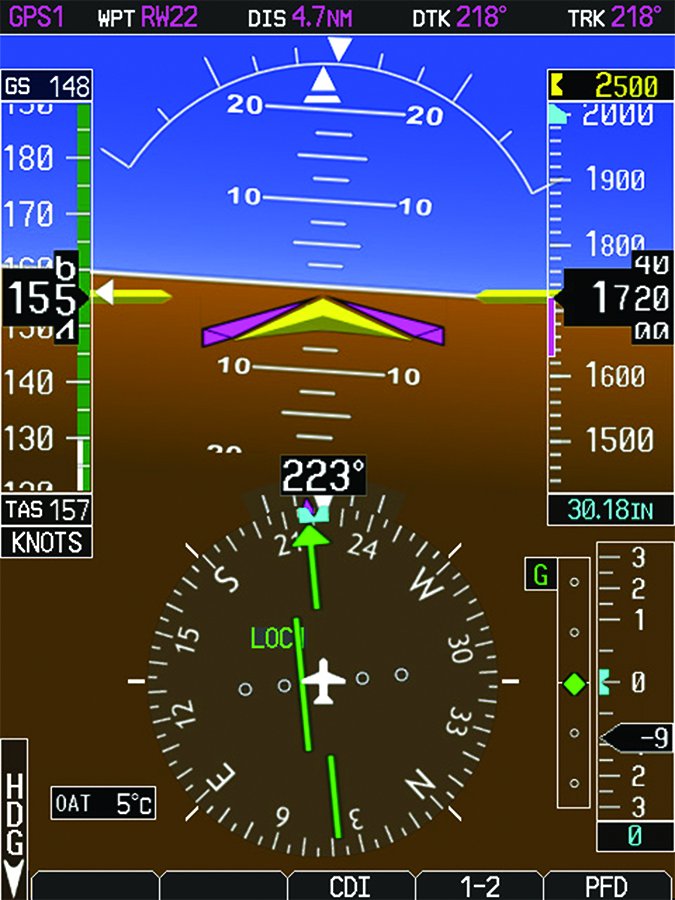
PURSUE YOUR PLAN
• Practice operation of normal and abnormal modes.
• Incorporate fully coupled, flight director hand-flying (as applicable) and raw data hand-flying in your routine flying.
• Ensure you attain and retain competency in all three operating modes.
• Subscribe to periodicals or participate in online forums discussing system updates and techniques.
VALIDATE YOUR PERFORMANCE
• Incorporate fully coupled, flight director hand-flying (as applicable) and raw data hand-flying in your routine flying, your visual and IFR practice, and your periodic IPCs and flight reviews.
• Ensure you attain and retain competency in all three operating modes.
• After every flight, critique your performance in terms of whether you met or exceeded the ACS requirements for the maneuvers you flew.
• Ask the instructor to critique your performance in terms of meeting or exceeding the ACS.
• Practice any deficient tasks or maneuvers to proficiency.
Enter the Panel Tech
Twenty-five years ago, I was part of a team putting together truly leading-edge, type-specific training for pilots of high-performance singles and light piston twins. The organization for which we worked taught a specific manufacturer’s line of airplanes and was based at that manufacturer’s factory airport. The transition training courses we developed consisted of 16 hours of classroom instruction (20 for the twins), eight hours of simulator training and a day’s worth of flight instruction—a full, five-day week. The course’s goal was to thoroughly familiarize a pilot with the airplane’s systems and flying characteristics in normal, abnormal and emergency conditions, both visually and by reference to instruments. It was a real challenge to cover everything in only five working days.
The program did not include an instrument proficiency check (IPC). If a pilot wanted an IPC as part of the course, they needed to be instrument current and proficient when he/she showed up—we didn’t have time to provide remedial IFR training. Instead, we created a stand-alone instrument refresher course (eight hours of classroom training, six hours in a simulator and optional flying) for pilots who wanted it. Many customers came back for it; some added it onto the back end.
After I left the company, it was tasked with transitioning customers into versions of the same airplanes fitted with Garmin’s G1000 flight deck. Those instructors were faced with a dilemma: eliminate a substantial portion of the transition syllabus to train pilots on the G1000 or extend the already week-long program to add G1000 operation. To their credit, they added 2.5 days to cover integrating G1000 operation into a pilot’s skill set while retaining the in-depth, type rating-like systems, procedures and techniques training that made that company the industry leader in type-specific training.
That New Logbook Column
The point is that learning the automation in today’s panels and retaining proficiency doesn’t come easily or without an investment of time. It doesn’t have to be dual instruction all the time, but you do need to practice regularly, and stay on top of developments. In today’s cockpits, the need to master the airplane in normal, abnormal and emergency situations requires us to emphasize and track related training, perhaps with a new logbook column for technology, perhaps labeled “Glass Panel.” To ensure you obtain and retain the skills and understanding necessary to reliably manage your panel’s automation the first time, every time, you may need to make a plan, pursue it and validate your performance separate from other logbook metrics. You may need a new column.

